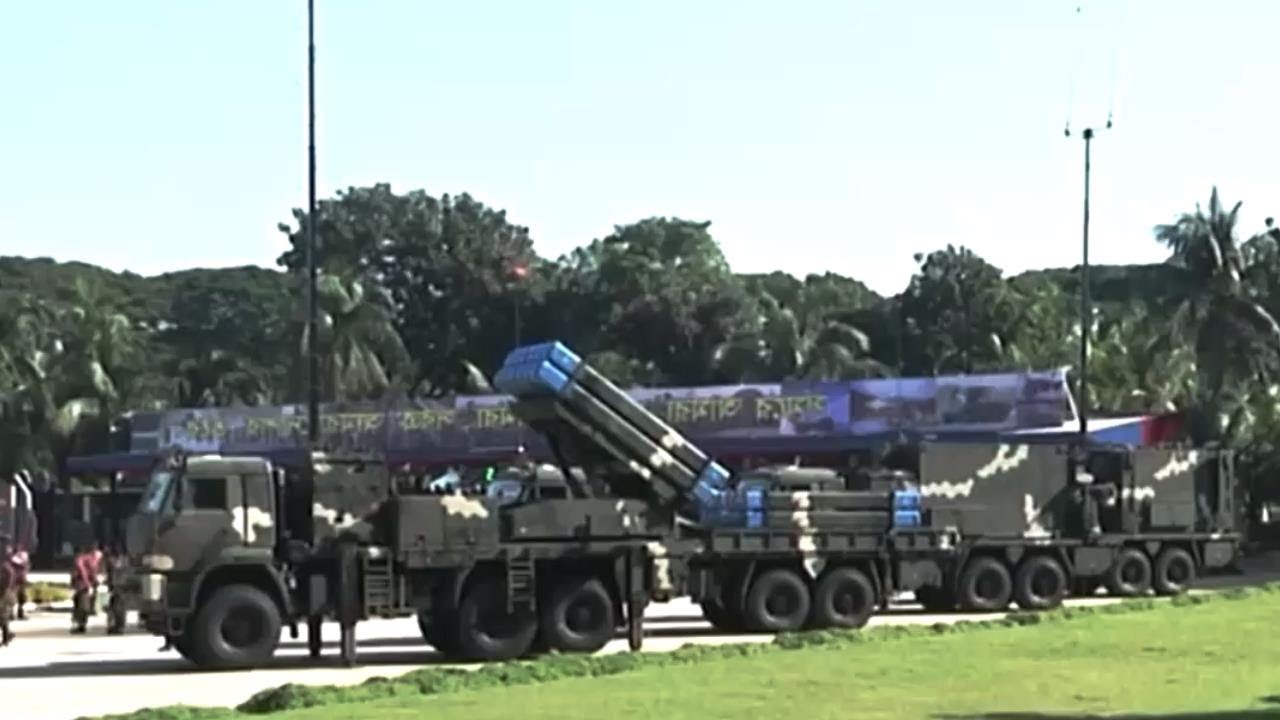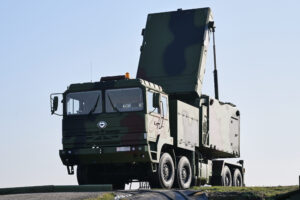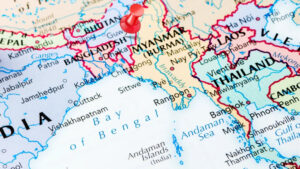This content is restricted to site members. If you are an existing user, please log in. New users may register below.
Redefining Bangladesh’s Security and Foreign Engagements in a Multipolar World

Reading Time: 5 minutes As Bangladesh accelerates its post-revolution strategic recalibration under the new national leadership, a more assertive and multi-dimensional foreign and defence policy has become imperative. The evolving geopolitical chessboard of the Indo-Pacific—marked by US-China rivalry, a volatile India, and emergent middle powers—necessitates a bold, interest-driven approach to military diplomacy, defence-industrial development, and strategic deterrence. Bangladesh’s foreign engagements must now evolve from aid-dependent bilateralism to mature, capability-centric, and sovereign partnerships. China: From Principal Supplier to Structured Strategic Partner China remains Bangladesh’s single largest defence partner, supplying fighter aircraft (JF-17B), main battle tanks (MBT-2000), frigates (Type 053H3), naval missiles (C-802A), and surface-to-air missile systems (FM-90). The Sino-Bangladeshi defence partnership is grounded in high-level trust, frequent military exchanges, and uninterrupted logistics flows, underpinned by significant People’s Liberation Army (PLA) influence in training and doctrine within Bangladesh’s armed forces. However, as the geopolitical environment evolves, Dhaka must now push beyond procurement


